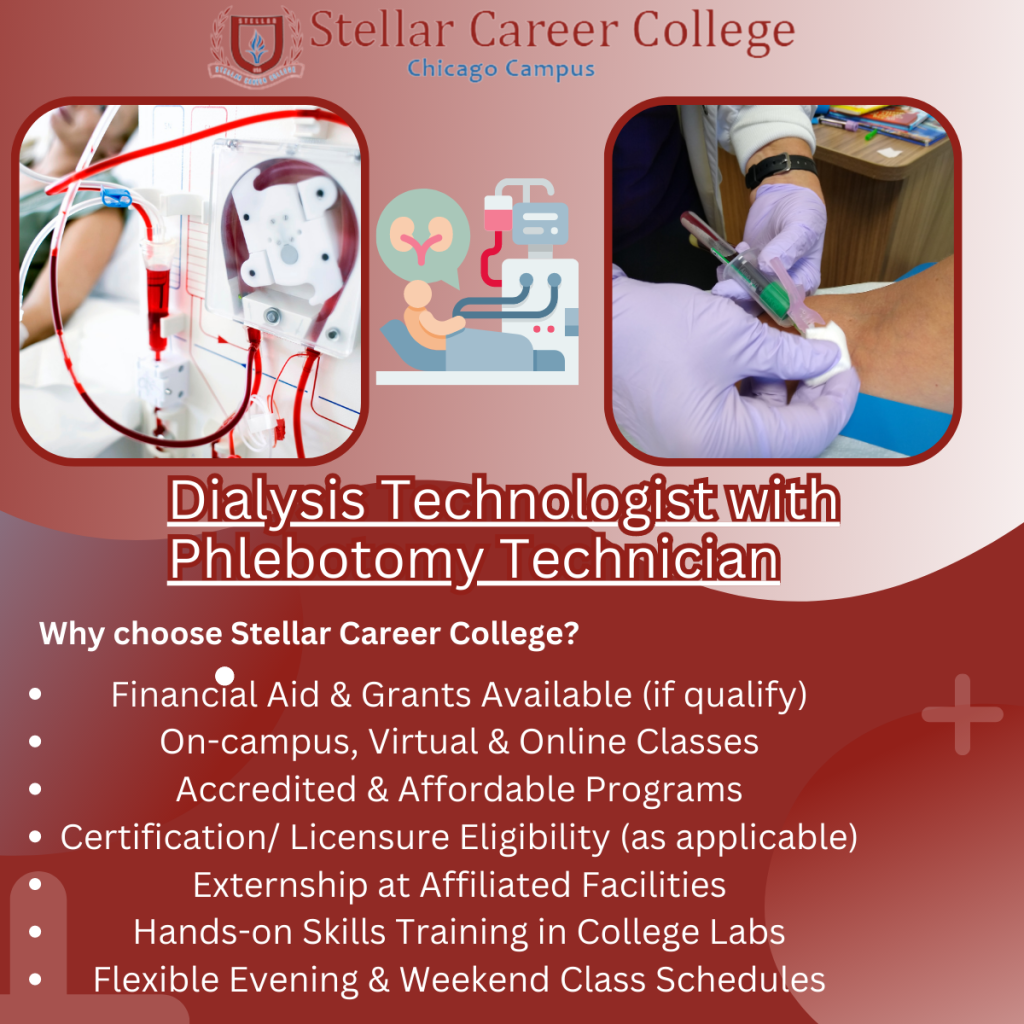All about Northeast Medical Institute - New Haven Campus Phlebotomy Course & Cna Class
All about Northeast Medical Institute - New Haven Campus Phlebotomy Course & Cna Class
Blog Article
Northeast Medical Institute - New Haven Campus Phlebotomy Course & Cna Class Things To Know Before You Get This
Table of ContentsNot known Details About Northeast Medical Institute - New Haven Campus Phlebotomy Course & Cna Class Getting The Northeast Medical Institute - New Haven Campus Phlebotomy Course & Cna Class To WorkNortheast Medical Institute - New Haven Campus Phlebotomy Course & Cna Class Can Be Fun For AnyoneNortheast Medical Institute - New Haven Campus Phlebotomy Course & Cna Class - TruthsExamine This Report about Northeast Medical Institute - New Haven Campus Phlebotomy Course & Cna ClassNortheast Medical Institute - New Haven Campus Phlebotomy Course & Cna Class Can Be Fun For Anyone
The usage of such gadgets must be gone along with by other infection avoidance and control methods, and training in their usage.For setups with reduced resources, cost is a motoring element in procurement of safety-engineered gadgets - PCT Classes. Where safety-engineered gadgets are not offered, proficient usage of a needle and syringe serves. Unexpected direct exposure and certain information regarding a case should be tape-recorded in a register. Support services must be advertised for those who undergo unintentional direct exposure.
labelling); transportation conditions; analysis of outcomes for scientific administration. In an outpatient division or center, give a dedicated phlebotomy work area containing: a clean surface area with two chairs (one for the phlebotomist and the various other for the individual); a hand wash basin with soap, running water and paper towels; alcohol hand rub. In the blood-sampling area for an outpatient department or center, provide a comfy reclining couch with an arm rest.
Northeast Medical Institute - New Haven Campus Phlebotomy Course & Cna Class Fundamentals Explained
Guarantee that the indications for blood sampling are clearly defined, either in a composed method or in recorded instructions (e.g. in a laboratory type). At all times, adhere to the strategies for infection avoidance and control provided in Table 2.2. Infection avoidance and control techniques. Gather all the tools required for the procedure and place it within safe and simple reach on a tray or trolley, ensuring that all the products are plainly visible.
Present on your own to the patient, and ask the person to state their full name. Check that the laboratory form matches the client's identity (i.e. match the person's information with the lab kind, to make certain exact identification).
Make the person comfy in a supine placement (if possible). The patient has a right to decline a test at any time before the blood tasting, so it is vital to make certain that the individual has understood the procedure - Phlebotomy Training.
Get This Report about Northeast Medical Institute - New Haven Campus Phlebotomy Course & Cna Class
Prolong the individual's arm and inspect the antecubital fossa or forearm. Find a vein of a great dimension that shows up, straight and clear. The layout in Section 2.3, reveals usual settings of the vessels, yet numerous variants are feasible. The mean cubital vein lies in between muscles and is typically one of the most easy to pierce.
DO NOT insert the needle where veins are diverting, since this increases the chance of a haematoma. The capillary needs to show up without applying the tourniquet. Situating the vein will assist in identifying the proper dimension of needle. Apply the tourniquet regarding 45 finger sizes over the venepuncture website and re-examine the blood vessel.
Haemolysis, contamination and visibility of intravenous liquid and medication can all change the results (39. Nursing team and physicians may access central venous lines for specimens complying with procedures. However, specimens from central lines carry a risk of contamination or incorrect lab test results (https://www.mixcloud.com/northeastmed/). It is acceptable, but not ideal, to attract blood samplings when initial introducing an in-dwelling venous device, prior to attaching the cannula to the intravenous fluids.
Facts About Northeast Medical Institute - New Haven Campus Phlebotomy Course & Cna Class Uncovered
Permit the area to dry. Failing to allow sufficient call time increases the danger of contamination. DO NOT touch the cleansed site; in specific, DO NOT put a finger over the vein to assist the shaft of the subjected needle. It the website is touched, repeat the sanitation. Perform venepuncture as adheres to.
Ask the patient to form a fist so the blood vessels are a lot more noticeable. Enter the vein swiftly at a 30 degree angle or much less, and proceed to introduce the needle along the blood vessel at the easiest angle of access - Phlebotomy Classes. Once adequate blood has actually been collected, launch the tourniquet prior to withdrawing the needle
Some Ideas on Northeast Medical Institute - New Haven Campus Phlebotomy Course & Cna Class You Need To Know
Withdraw the needle delicately and apply gentle pressure to the site with a tidy gauze or dry cotton-wool ball. Ask the patient to hold the gauze or cotton wool in place, with the arm expanded and elevated. Ask the individual NOT to bend the arm, since doing so creates a haematoma.

Everything about Northeast Medical Institute - New Haven Campus Phlebotomy Course & Cna Class
Where feasible, maintain the tubes in a rack and relocate the rack towards you - https://filesharingtalk.com/members/598042-northeastmed. If the sample tube does not have a rubber stopper, inject extremely slowly into the tube as decreasing the stress and rate used to transfer the sampling reduces the danger of haemolysis.

Report this page